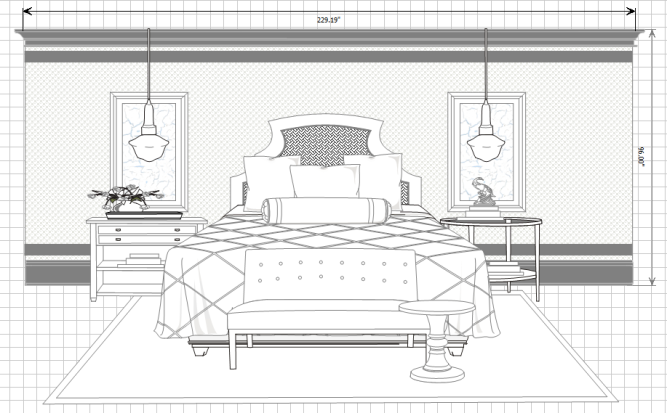How to Maintain Your Kitchen Exhaust System
Cleaning the kitchen exhaust system is essential for several reasons. It prevents fire and increases air flow, improving the energy efficiency of your kitchen. A well-ventilated kitchen increases the efficiency of your kitchen equipment, ensuring increased production rates and lower maintenance costs. Ultimately, a well-ventilated kitchen saves you money! To learn more, read on! Here are some tips for maintaining your kitchen exhaust system. To make it work optimally, follow these simple steps:
The first line of defense in a kitchen exhaust system is a hood. Located over cooking appliances, a hood funnels the contaminated air through its exhaust system. Standard kitchen exhaust hoods are made of stainless steel, with a thickness between 16 and 18 gauge, and are welded seamlessly to prevent harmful gasses from escaping. The hood should have a minimum of six inches of overhang. Kitchen exhaust hoods should also be properly vented to the outside.
There are two types of kitchen exhaust fans: updraft and downdraft. Updraft exhaust fans pull hot air particles up, while downdraft exhaust fans funnel contaminated air down. Updraft exhaust fans are generally more efficient, since they cover the entire cooking surface. They should be installed in the ceiling or a cabinet above the stove. They can also be integrated into the cabinet where the microwave oven sits. The ducting should be connected to the fan box with mechanical fasteners or UL 181 rated foil tape. It is also advisable to use a duct attenuator between the hood and the exhaust fan to reduce noise.
The cleaning of a kitchen exhaust hood should be done regularly. Commercial kitchen exhaust systems must be serviced at least once every six months. The cleaning process includes scraping the hood, spraying it with hot water, and collecting dissolved grease. A certified hood will bear a certification sticker, which allows health inspectors, insurance adjusters, and authorities to verify compliance. Cleaning can also be done by cleaning the hood with warm water and vinegar. Many jurisdictions have adopted the National Fire Protection Association (NFPA) Standard 96.
Before purchasing a kitchen exhaust fan, consider the size, fan power, design, and noise level. While choosing a kitchen exhaust fan, it is also important to consider its CFM. A low-CFM kitchen exhaust fan will have poor circulation and air distribution, and a high-CFM one will generate too much static pressure, causing air loss and energy waste. Ultimately, you should select one that meets all your needs. It may not be as expensive as you think.
A fully functional kitchen exhaust system will not only improve ventilation, but it will also lower your energy bills. A properly installed kitchen exhaust hood will eliminate harmful combustion gasses and moisture, which is a major contributor to indoor air pollution. A fully-functioning system consists of a hood sized for a specific range and ducts that lead to the outside. These two systems are a perfect solution for most kitchens and are an essential part of an efficient kitchen.











